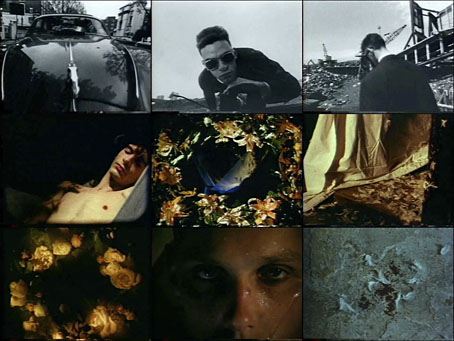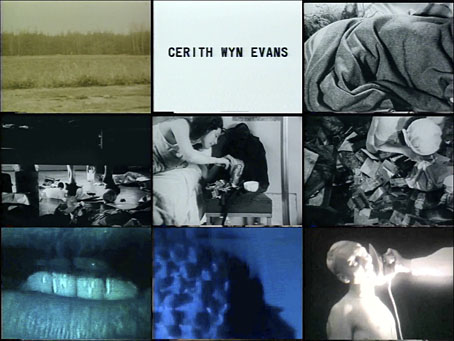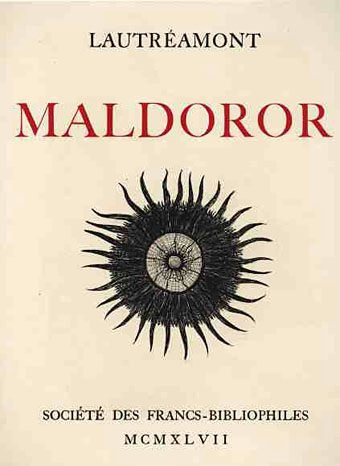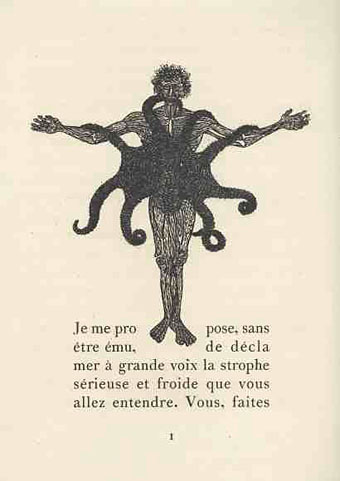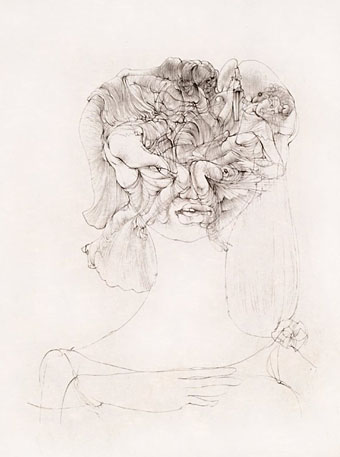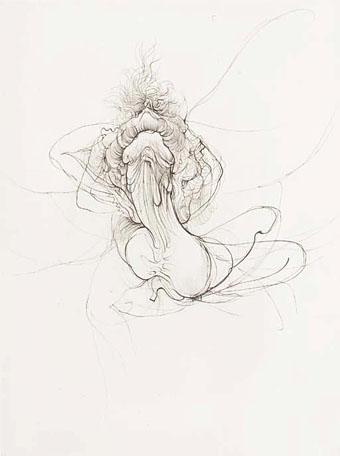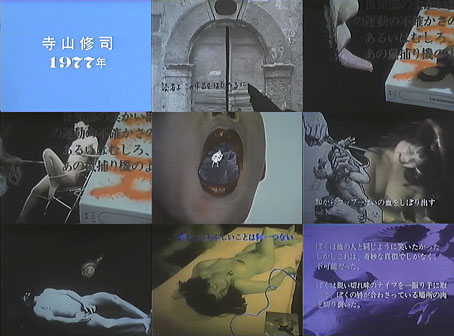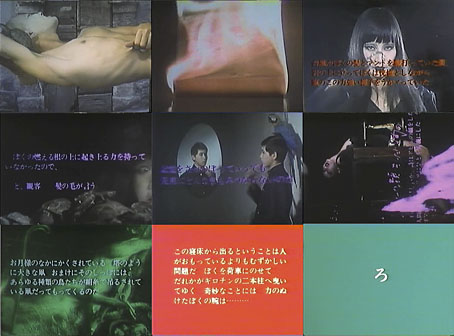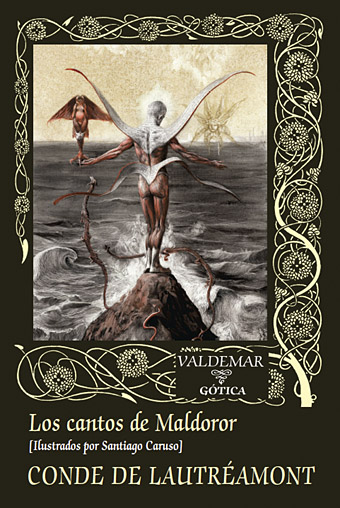
Continuing an occasional series in which illustrators of Lautréamont’s baleful masterwork are noted. Santiago Caruso’s paintings provide suitably grotesque embellishments to a Spanish edition of Maldoror which was published in 2016 by Valdemar. The book is part of their Gótica collection which includes many fine works of weird fiction including titles by contemporary writers such as Clive Barker and Thomas Ligotti. Caruso’s illustrations are among the best I’ve seen for Lautréamont’s novel, and make the book worthy of purchase even for those who can’t read Spanish. See the full set here.
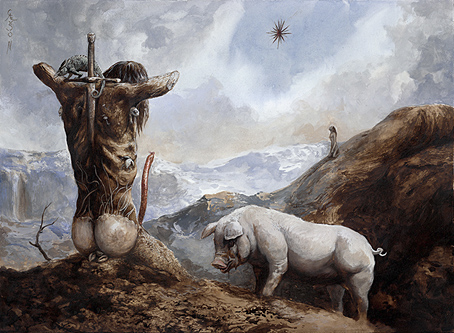
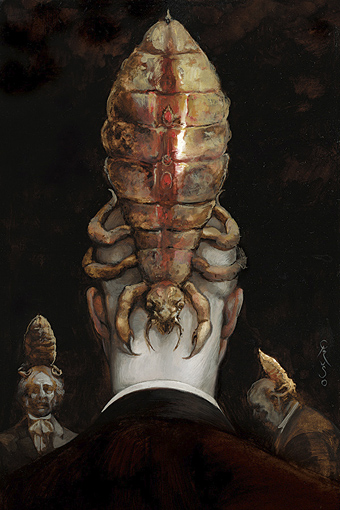
Elsewhere on { feuilleton }
• The illustrators archive
Previously on { feuilleton }
• Jacques Houplain’s Maldoror
• Hans Bellmer’s Maldoror
• Les Chants de Maldoror by Shuji Terayama
• Polypodes
• Ulysses versus Maldoror
• Maldoror
• Books of blood
• Magritte’s Maldoror
• Frans De Geetere’s illustrated Maldoror
• Maldoror illustrated

